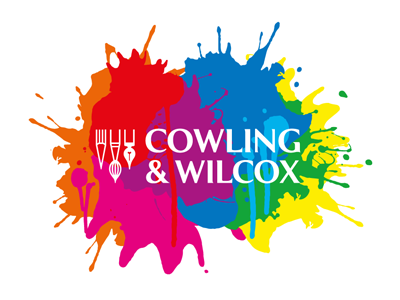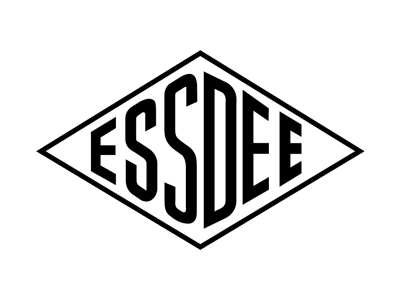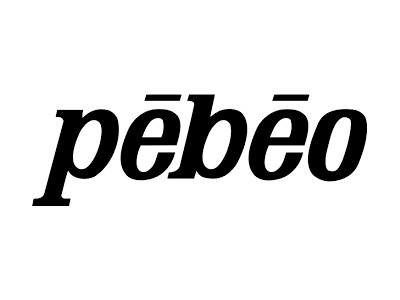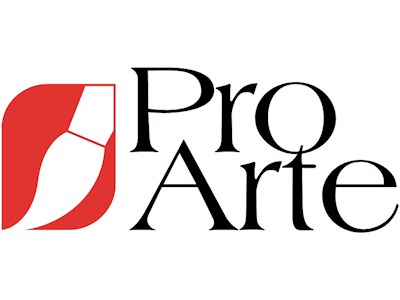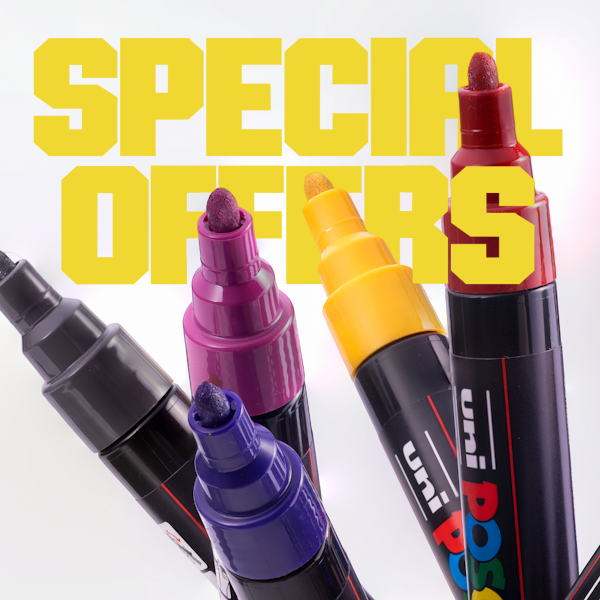- Sale!
- You save £1.68
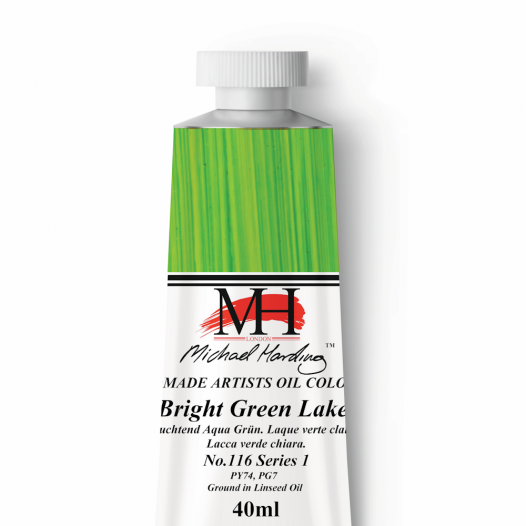





Was £9.49
- Artist-Quality oil colours
- Smooth, opaque application
- Available in over 120 colours
- Highly-pigmented, vibrant & durable
- Handmade using traditional techniques
- Solvent-free, produced using only pure pigment & oil
Sold Individually
More Information
Michael Harding Oil Colours are painstakingly handmade using only the highest-quality materials for brilliant colours, excellent handling & exceptional coverage.
Produced using only pure pigments & linseed oil (except Titanium White No.101, which is made with safflower oil) for a range of over 120 vivid, solvent-free colours with a rich, buttery consistency.
100% vegan & cruelty-free, they're made using a formula of ethically sourced raw materials with no animal products or derivatives.
To learn more about their production methods, click here for their official statement.
Data Sheet
- Popular filters - Oil Colours


